Introduction
MEMS (Micro-Electro-Mechanical Systems) and Sensors are revolutionizing the way humans interact with the world around them. From smartphones to autonomous vehicles and medical implants, these miniature devices are enabling a variety of powerful sensing and monitoring capabilities.
1
Market Overview and Signal Chain
By 2025, the MEMS-based sensor market is expected to cover automotive, consumer electronics, IoT, healthcare, military, aerospace, and industrial sectors. The first-generation iPhone in 2007 had only five sensors, whereas today’s smartphones can contain up to twenty sensors, showcasing the rapid development of sensor integration.
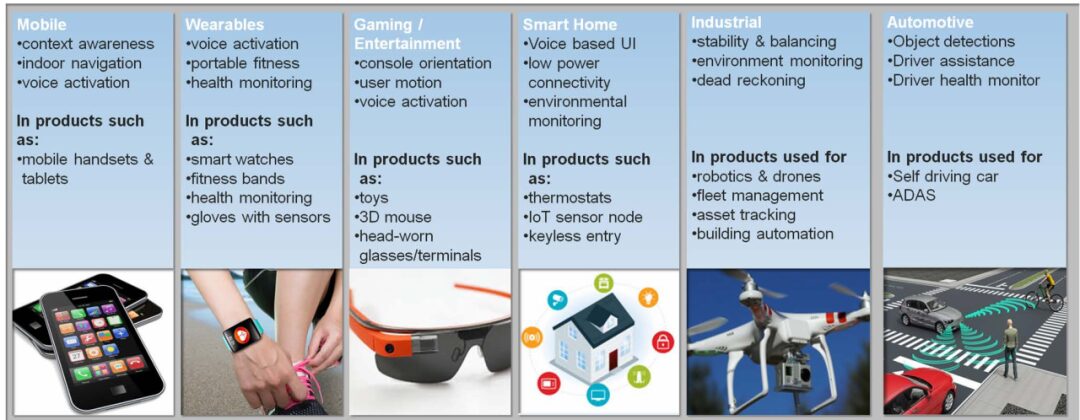
Figure 1 illustrates the various product functionalities supported by sensors across different vertical markets, including mobile devices, automotive, healthcare, and industrial applications.
The signal processing chain remains relatively consistent across various applications, bridging the gap between the analog and digital worlds. This chain includes sensing elements, signal conditioning, intelligent processing, connectivity, and cloud computing.

Figure 2 illustrates the complete signal processing chain, detailing the entire process from sensor to signal conditioning, processing, connectivity, and cloud computing.
2
Automotive Applications
The automotive industry is undergoing significant transformations through sensor integration, particularly in the areas of autonomous driving and advanced driver-assistance systems (ADAS). Inertial MEMS sensors play a crucial role in navigation, stability, and vibration detection functionalities.
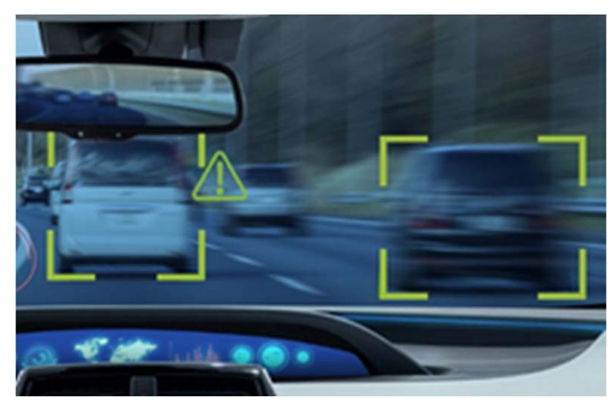
Figure 3 shows how optical images in automotive applications are affected by vibrations, highlighting the need for MEMS-based vibration correction.
The requirements for automotive navigation are particularly stringent. Compared to consumer applications, the accuracy of inertial measurement units (IMUs) in autonomous vehicles needs to be improved by 10 to 100 times to ensure reliable operation.
3
Medical and Healthcare Applications
The medical applications of MEMS sensors range from wearable devices to implantable systems. Major applications include:
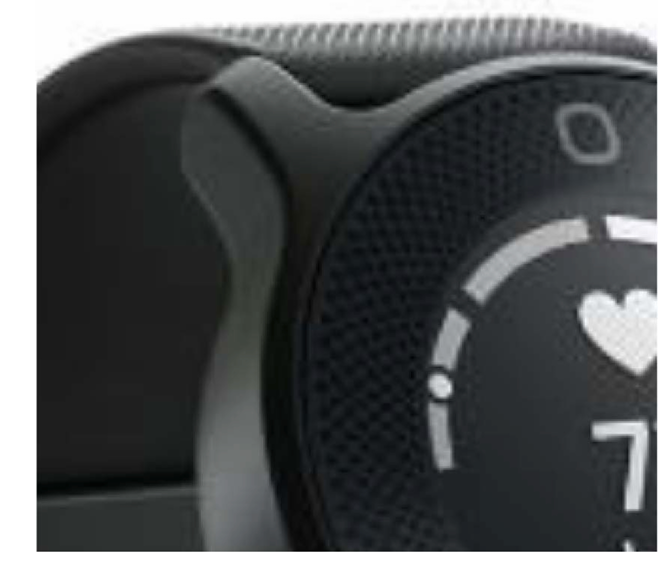
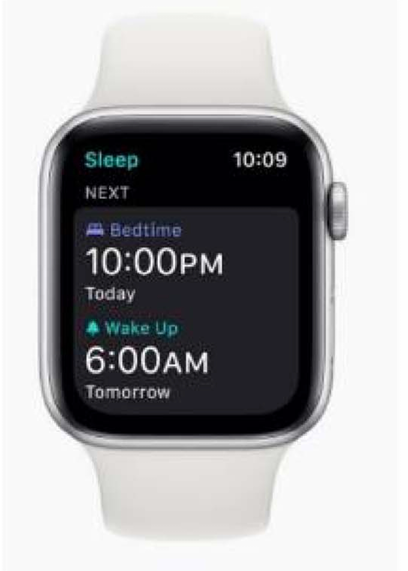
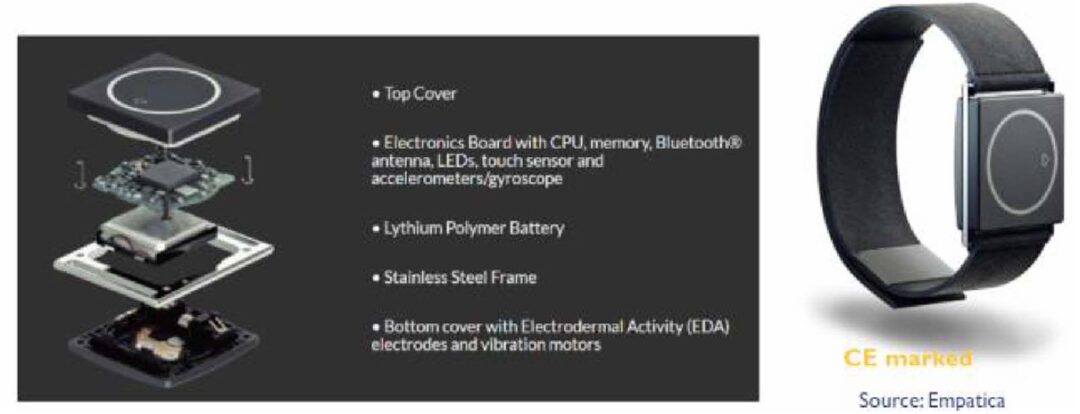
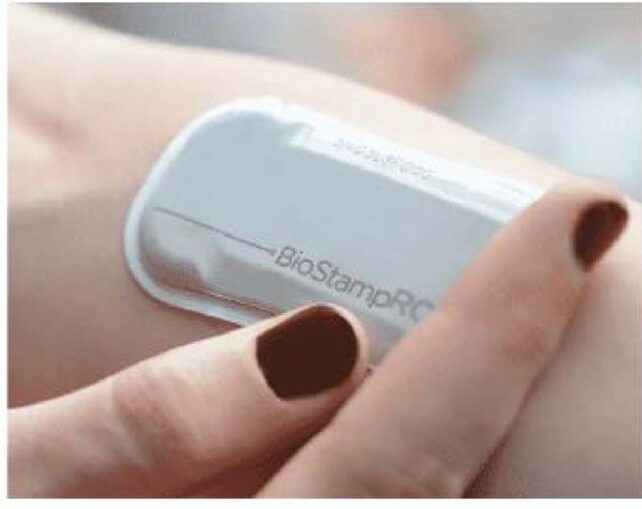
Figure 4 showcases various healthcare applications, including the Philips smart watch, Apple Watch sleep tracking, Embrace epilepsy monitor, and the flexible BioStampRC sensor for capturing motion and biometric data.
For implantable devices, miniaturization has created new application opportunities. Modern cardiac devices, such as Medtronic’s Micra™ transcatheter pacing system, demonstrate significant miniaturization achievements, weighing only 1.75 grams and occupying a volume of 0.8 cubic centimeters.
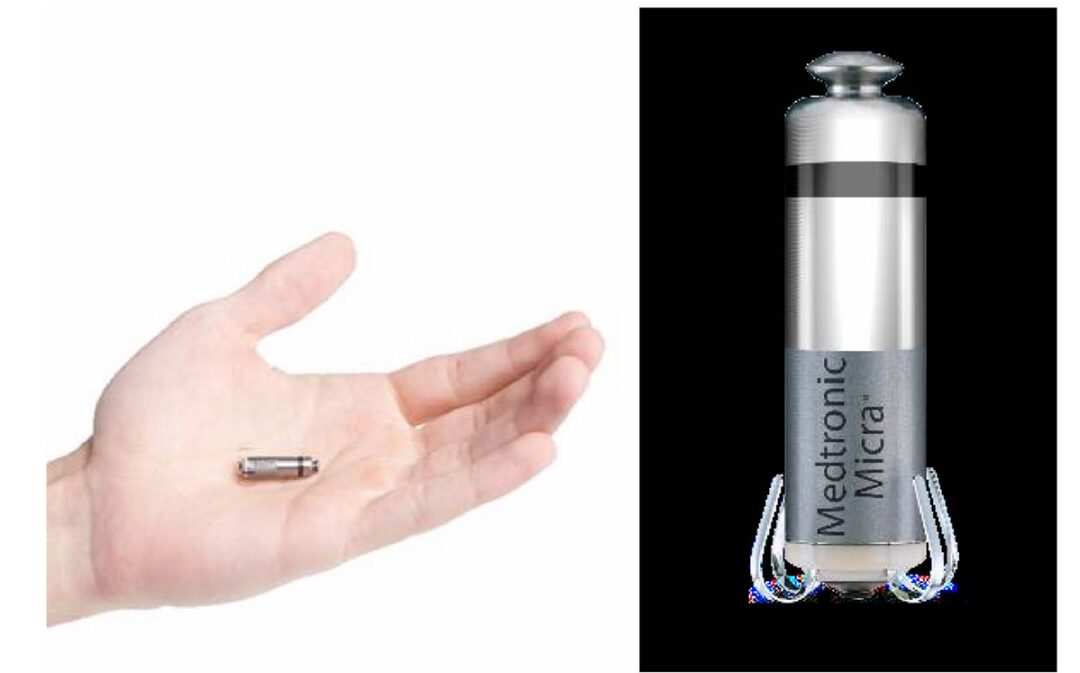
Figure 5 shows the Micra™ transcatheter pacing system, highlighting the degree of miniaturization achieved in implantable medical devices.
4
Mobile and Consumer Applications
Modern smartphones integrate multiple MEMS sensors to enhance functionality. For instance, the iPhone 11 includes seven different MEMS devices, including a compass, accelerometer/gyroscope, pressure sensor, and four MEMS microphones.
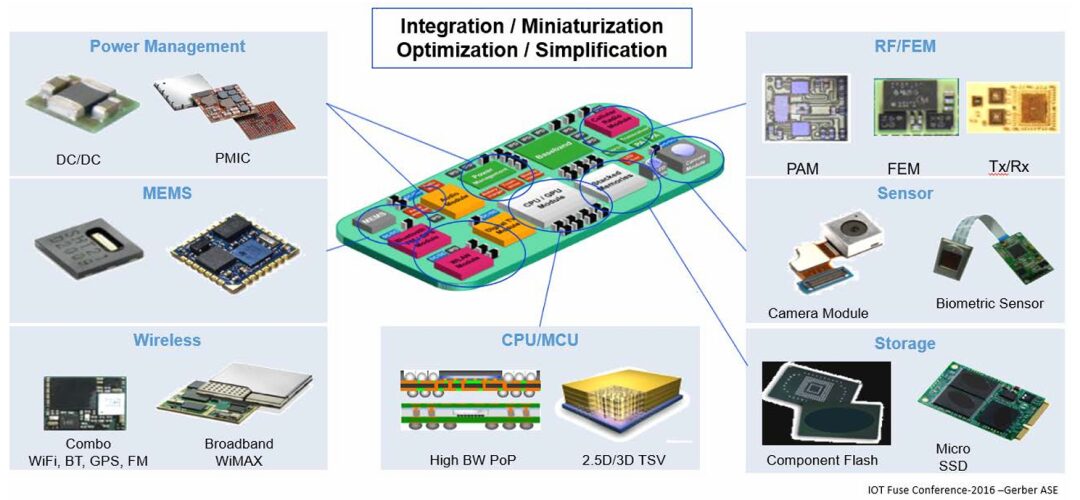
Figure 6 illustrates the common components in modern smartphones, showing the integration of various MEMS sensors.
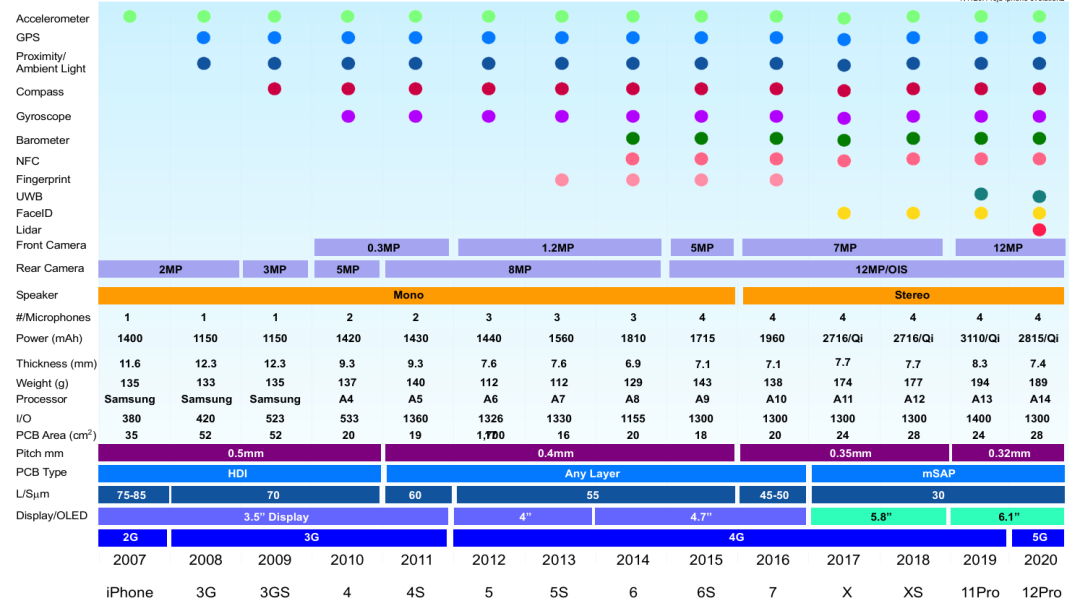
Figure 7 illustrates the evolution of Apple phones from 2007 to the iPhone 12, showcasing sensor integration and technological advancements.
The integration challenges in mobile applications are particularly daunting, requiring devices to be smaller, consume less power, and be more cost-effective while providing better performance. The push for 5G connectivity, artificial intelligence capabilities, and augmented reality/virtual reality experiences is driving innovation in sensor integration.
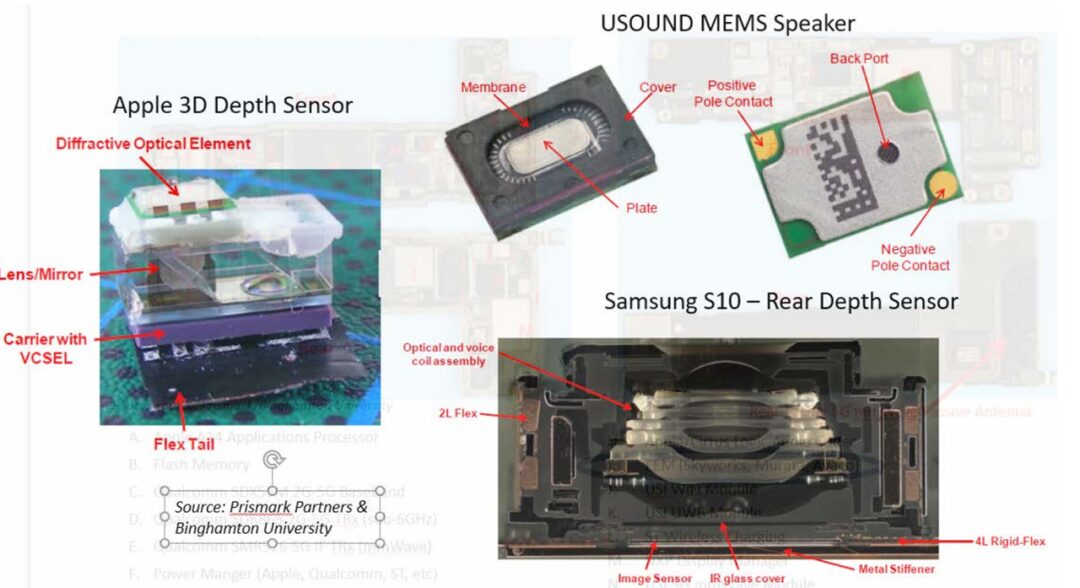
Figure 8 showcases new technologies integrated into smartphones, including advanced sensing capabilities for AR/VR applications.
The future development of MEMS and sensor integration will focus on continuous miniaturization, performance enhancement, and improved integration with other system components. As applications become more complex, the demands for these miniature yet critical components will continue to rise. Achieving success in this field requires careful consideration of design, packaging, and system integration challenges, while meeting the specific requirements of each application area.
References
[1] “Chapter 11: MEMS and Sensor Integration,” in Heterogeneous Integration Roadmap, IEEE Electronics Packaging Society, 2020 Edition, pp. 1-17, Feb. 2021. [Online]. Available: http://eps.ieee.org/hir
END
Click the lower left corner“Read the Original” to apply immediately
Welcome to Reprint
Please indicate the source, do not modify the content or delete the author information!

Follow Us
 |
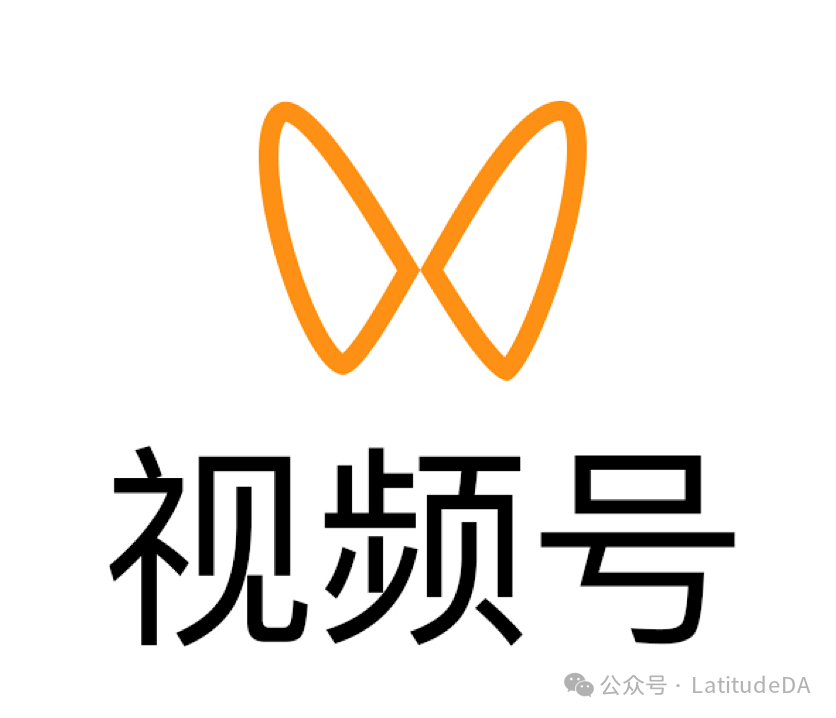 |
 |
About Us:
Latitude Design Automation Inc. is a high-tech software company focusing on semiconductor chip design automation (EDA). We independently develop specialized process chip design and simulation software, providing mature design solutions such as PIC Studio, MEMS Studio, and Meta Studio, targeting the design and simulation of photonic chips, micro-electro-mechanical systems, and superlenses. We offer semiconductor chip integrated circuit layout, IP, and PDK engineering services for specialized processes, widely serving leading customers in the fields of optical communication, optical computing, optical quantum communication, and micro-nano photonic devices. Latitude collaborates with domestic and foreign wafer foundries and silicon photonic/MEMS pilot lines to promote the development of specialized process semiconductor industry chains, committed to providing customers with cutting-edge technology and services.
http://www.latitudeda.com/
(Click the card above to follow us and discover more exciting content)